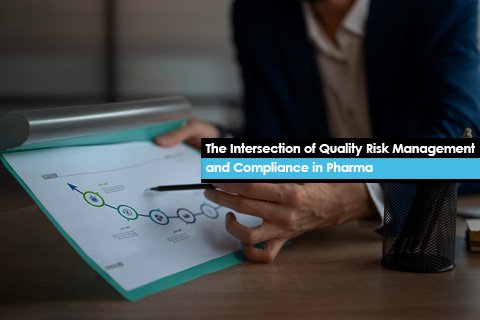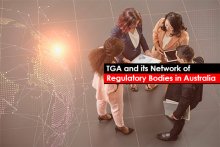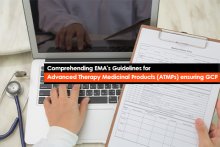The safety, efficacy, and quality of pharmaceutical products require a comprehensive approach that integrates quality risk management (QRM) and compliance to meet regulatory requirements and maintain patient safety. This blog explores the relationship between QRM and compliance, providing insights into how their integration fosters a robust framework for pharmaceutical companies.
Understanding QRM and Pharma Compliance
QRM is a systematic process for assessing, controlling, communicating, and reviewing risks to the quality of pharmaceutical products throughout their lifecycle. It involves identifying potential risks, evaluating their likelihood and impact, and implementing measures to mitigate or manage these risks. QRM also enables pharmaceutical companies to proactively address potential quality issues, thereby enhancing product quality and patient safety.
Compliance, on the other hand, refers to adhering to regulatory requirements, industry standards, and internal policies. In the pharmaceutical industry, compliance is essential for ensuring that products meet the necessary quality and safety standards set forth by regulatory authorities such as the FDA, EMA, and other global regulatory bodies. Non-compliance can lead to severe consequences, including product recalls, fines, and damage to the company's reputation.
The Nexus of QRM and Compliance
- Risk-based Approach to Compliance
- QRM provides a structured approach to identifying and assessing risks associated with regulatory compliance.
- By prioritizing risks based on their impact on product quality and patient safety, companies can allocate resources more efficiently to areas of higher risk.
- Proactive Risk Mitigation
- QRM encourages a proactive rather than reactive approach to risk management.
- Identifying potential compliance risks early in the product development phase allows companies to implement mitigation strategies before issues escalate.
- Data Integrity and Transparency
- QRM emphasizes data integrity, which is crucial for compliance.
- Transparent documentation and communication of risks and risk management activities contribute to audit readiness and regulatory inspections.
- Continuous Improvement
- Both QRM and compliance advocate for continuous improvement.
- By integrating risk management into daily operations, companies can establish a culture of quality and compliance, fostering innovation and adaptability.
- Efficient Resource Allocation
- QRM enables companies to allocate resources based on the level of risk, optimizing the balance between compliance requirements and operational efficiency.
- This ensures that critical areas receive the necessary attention and resources.
Conclusion
In the pharmaceutical industry, the convergence of QRM and compliance is not just a strategic choice but a necessity. By intertwining these disciplines, companies can enhance their ability to deliver safe and effective products while meeting regulatory standards. A proactive, risk-based approach not only safeguards patient health but also fosters a culture of quality and compliance, positioning pharmaceutical companies for sustained success in an ever-evolving landscape.





